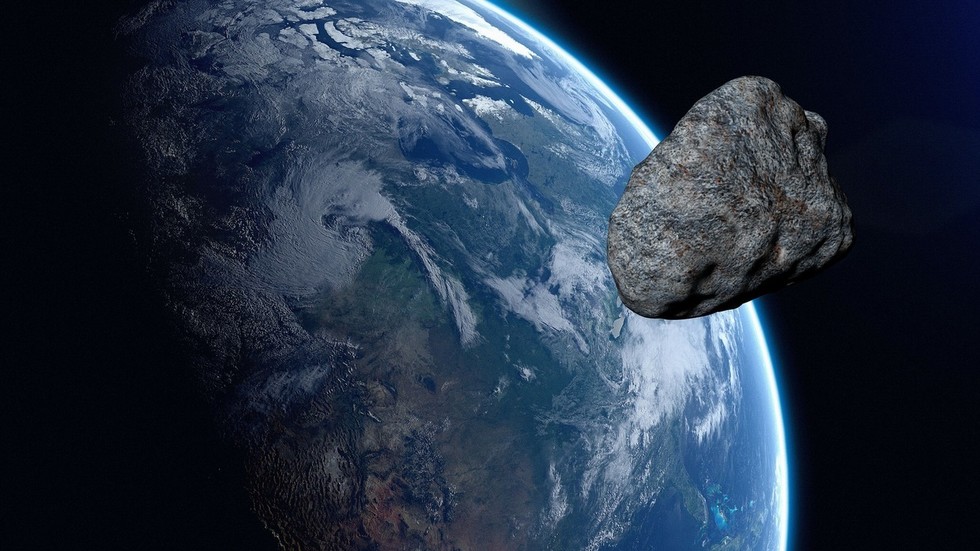Comet Leonard is not brightening like scientists thought it would.

www.space.com
Comet Leonard, the brightest of the year, is fading and acting strange
Astronomers first spotted what's been dubbed
Comet Leonard in January 2021, and soon skywatchers were eagerly anticipating December and January, when the comet was due to pass by first Earth, then the sun. But by late November, observers noticed something strange.
The comet should be getting brighter as it approaches the sun — and it is, but apparently only because it's getting closer to Earth, not because it's becoming inherently brighter.
Instead,
it seems to be fading.
"It's not great news. The comet should be brighter and brighter," Quanzhi Ye, an astronomer at the University of Maryland who specializes in comets, told Space.com. "If it's not getting brighter then something's wrong, but we don't know exactly what at this stage."
Based on what they've seen from previous comets,
scientists worry that Comet Leonard's strange dimming means the iceball may be doomed. In the past, some comets that have broken apart have faded even as they fly closer to the sun — it's been the first sign that something is happening.
"Why it's fading, there are all kinds of hypotheses," Ye said. "The simplest and the most obvious one is something unhealthy is happening to the comet."
The most likely hypothesis, he said, is that Comet Leonard is already splitting up, or it will begin to do so soon. But other factors could be to blame. For example, the comet could simply be running out of ice for the sun to vaporize, although Ye thinks that's unlikely. "It seems to be too coincidental," he said.
Nevertheless, it's too early to call Comet Leonard a goner.
"The images I've seen from this morning [Dec. 7], the comet still seems to be OK — morphologically it looks fine. But the intrinsically fading trend is still continuing," Ye said. "Time will tell, we don't know at this point."
Ye said that the first sign a comet is doomed is that it loses its ion tail, a stream of charged particles pointing from the comet in the direction opposite the sun. That feature could disappear within a few hours of a comet breaking apart.
Comet Leonard makes its closest approach to Earth on Sunday (Dec. 12); its perihelion, or closest approach to the sun, comes on Jan. 3. Although the sun's influence will ease up after Jan. 3, the comet isn't necessarily safe even if it survives that long.
"Comets do all sorts of weird things," Ye said. "Sometimes they disintegrate before reaching perihelion, sometimes after, and there are even hypotheses saying that comets can disintegrate when they're farther out from the sun. So we won't know until we see it happen."
There are several factors that could break apart a comet, Ye noted. The gravitational tug of the sun or a large planet could pull it apart, sure, but the comet's heart could also implode. If the comet's material vaporizes in quite the right way, it could speed up the comet's spin so dramatically that the iceball flies to pieces.
Advertisement
And if Comet Leonard does break apart, scientists may never know what was the culprit. "Usually for individual comets it's hard to determine which is the dominant driver," Ye said.



